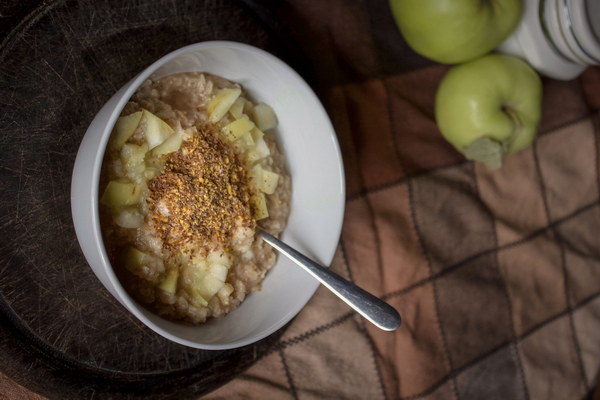Unlocking Fitness The Best Exercise Regimens for Overcoming Obesity
In the face of the global obesity epidemic, it's more crucial than ever to find effective and sustainable fitness regimens that cater to those struggling with weight issues. Exercise is a cornerstone in the battle against obesity, offering both physical and mental health benefits. This article delves into the best exercise regimens tailored specifically for individuals dealing with obesity, providing a roadmap to a healthier lifestyle.
1. Cardiovascular Exercise
The cornerstone of any fitness regimen is cardiovascular exercise, which helps to burn calories, improve heart health, and boost metabolism. For those with obesity, the focus should be on activities that can be maintained over time and that do not place excessive stress on the joints.
- Swimming: An excellent low-impact option, swimming provides a full-body workout while reducing the strain on the joints.
- Cycling: Whether on a stationary bike or outdoors, cycling is an effective way to burn calories without the stress of high-impact exercises.

- Brisk Walking: A simple yet effective form of exercise, brisk walking can be easily incorporated into daily routines and gradually increased in intensity.
2. Strength Training
Strength training is essential for building muscle mass, which can increase metabolism and burn more calories at rest. It also helps to improve bone density and reduce the risk of injuries.
- Bodyweight Exercises: Incorporating exercises like push-ups, squats, and lunges can be done anywhere, with minimal equipment.
- Resistance Bands: These versatile tools provide resistance for strength training without the need for heavy weights, making them ideal for those just starting out or with joint issues.
- Free Weights: Once strength improves, free weights can be introduced to further challenge the muscles.
3. High-Intensity Interval Training (HIIT)
HIIT involves short bursts of intense exercise followed by short periods of rest or low-intensity activity. This form of exercise can burn more calories in less time and has been shown to improve insulin sensitivity, a key factor in managing obesity.
- Tabata Protocol: This specific form of HIIT involves 20 seconds of intense exercise followed by 10 seconds of rest, repeated for four minutes.
- Burpees, Jump Squats, and Mountain Climbers: These high-energy exercises can be incorporated into a HIIT workout to maximize calorie burn.
4. Mind-Body Practices
In addition to physical exercise, mind-body practices such as yoga and tai chi can be beneficial for individuals dealing with obesity. These practices help to reduce stress, improve flexibility, and enhance overall well-being.
- Yoga: A gentle form of exercise that can help with weight loss, reduce anxiety, and improve posture.
- Tai Chi: A low-impact martial art that improves balance, flexibility, and focus, making it an excellent complement to other forms of exercise.
5. Group Fitness Classes
Group fitness classes can provide motivation and social support, which are crucial for maintaining a consistent exercise routine. Classes like Zumba, spin, and boot camps can be both fun and effective for weight loss.
6. Personalized Fitness Plan
For the best results, it's essential to have a personalized fitness plan that takes into account individual goals, preferences, and limitations. Consulting with a fitness professional can help tailor an exercise regimen that is both effective and sustainable.
In conclusion, overcoming obesity requires a multifaceted approach that includes a combination of cardiovascular exercise, strength training, HIIT, mind-body practices, and group fitness classes. By following a personalized fitness plan and maintaining a consistent routine, individuals can achieve significant improvements in their health and well-being. Remember, the journey to a healthier lifestyle is a marathon, not a sprint, and progress should be celebrated along the way.









